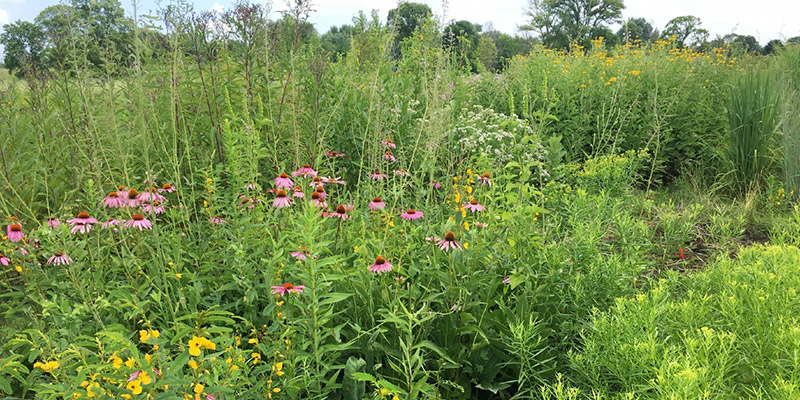
We are using emerging analytical tools to incorporate understanding of plant evolutionary history into studies of prairie community change, management, and restoration. We have found that phylogenetic diversity of remnant prairies—how broadly from across the "Tree of Life" their constituent species are drawn—is an effective indicator of environmental conditions, community change, and management history in remnant prairies. Restored prairies that we have analyzed to date have significantly lower phylogenetic diversity than these remnant prairies, whih serve as targets for restoration. This could be one factor leading to shortfalls in restored prairies' functional equivalency with restoration sites. In 2014, we received a five-year, collaborative, NSF grant to test the effects of phylogenetic diversity on prairie restoration outcomes. The Garden is the lead institution on this grant; collaborators are based at the Morton Arboretum, the University of Toronto-Scarborough, and the University of Wisconsin-Eau Claire. This funding will allow us to investigate patterns of phylogenetic diversity in existing restorations, perform restoration experiments to test the relative effects of phylogenetic and functional-trait diversity on restoration outcomes, and develop decision-support tools for restoration practitioners (Larkin, Jacobi, Lonsdorf, Williams, Barak, and outside collaborators).

